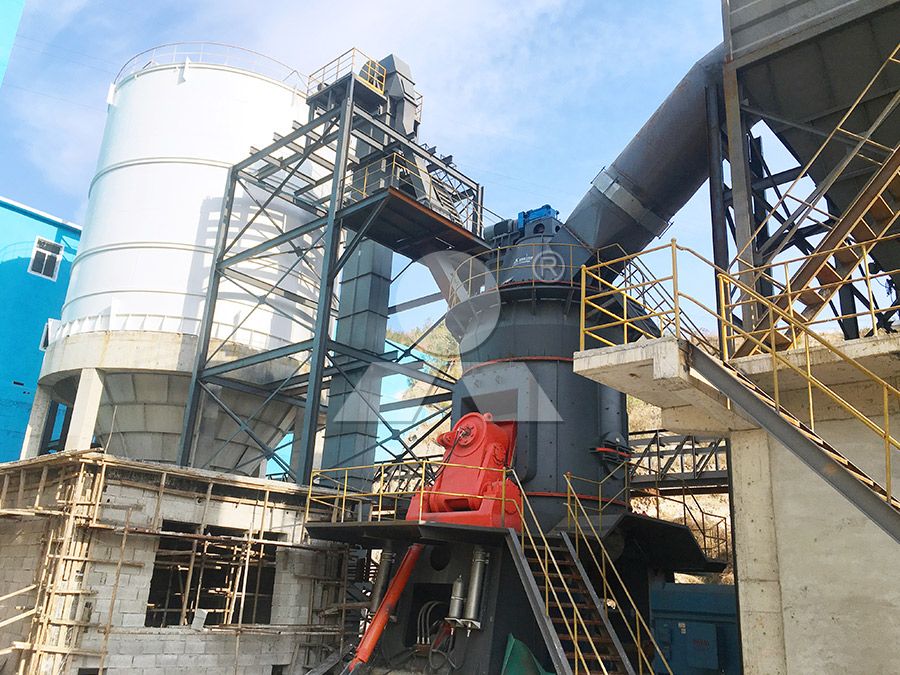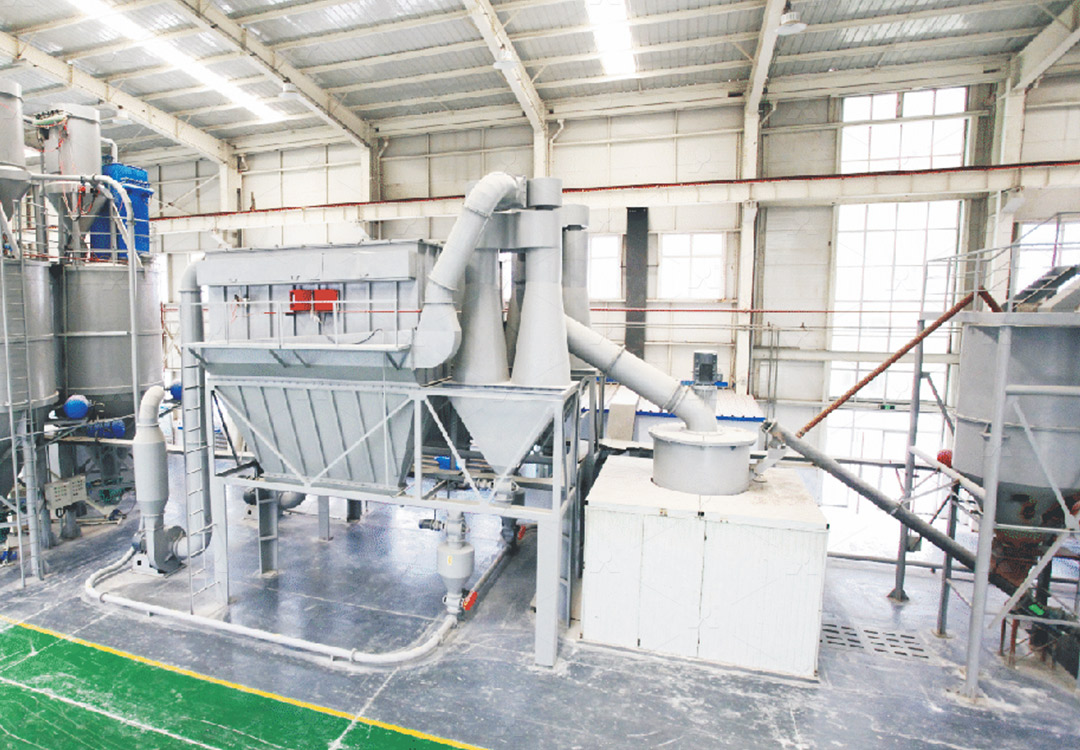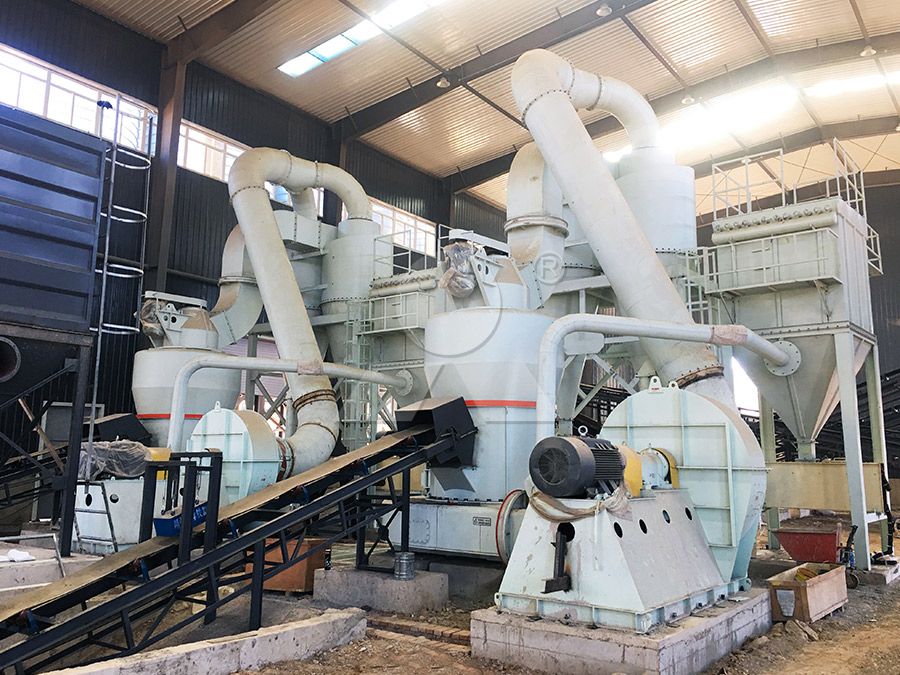High Pressure Suspension Roller Mill: Revolutionizing Coal Ash and Slag Processing
High Pressure Suspension Roller Mill: Revolutionizing Coal Ash and Slag Processing
The industrial sector’s growing emphasis on sustainable waste management has propelled innovative solutions for processing challenging byproducts like coal ash and slag. Traditional grinding methods often fall short in efficiently handling these materials, but technological advancements in milling equipment have ushered in a new era of processing efficiency.
Coal combustion residues and metallurgical slags present unique challenges due to their abrasive nature and variable composition. Conventional grinding systems frequently struggle with inconsistent particle size distribution, excessive energy consumption, and significant wear on mechanical components. The development of specialized milling technology has become paramount for industries seeking to transform these waste streams into valuable resources.

The Technological Leap in Mineral Processing
Modern high pressure suspension roller mills represent a significant evolution from earlier grinding technologies. These systems incorporate sophisticated engineering principles that address the specific demands of processing industrial byproducts. The application of controlled hydraulic pressure between grinding rollers and the grinding ring creates optimal conditions for particle size reduction while minimizing energy expenditure.
What distinguishes contemporary systems is their integrated approach to material handling. From initial feed to final product collection, these mills manage the entire process within a sealed environment, preventing dust emissions and maintaining consistent operational parameters. The incorporation of advanced separation technology ensures precise control over final product fineness, crucial for applications where particle size specifications determine material value.
Advanced Solutions for Modern Challenges
For operations requiring ultra-fine powder production from coal ash and slag, the MW Ultrafine Grinding Mill presents an exceptional solution. Engineered specifically for customers needing to produce ultra-fine powder, this machine processes materials with input sizes up to 20 mm and capacities ranging from 0.5 to 25 tons per hour. Its innovative design eliminates rolling bearings and screws within the grinding chamber, significantly reducing maintenance concerns and potential downtime.
The MW Ultrafine Grinding Mill’s cage-type powder selector, incorporating German technology, enables precise fineness adjustment between 325-2500 meshes. With the capability to achieve d97≤5μm in a single pass and production capacity 40% higher than jet grinding mills, this equipment represents a substantial advancement in processing technology. The integrated pulse dust collector and muffler system ensures environmentally compliant operation, addressing both dust and noise pollution concerns.

Operational Excellence and Environmental Stewardship
The true measure of modern processing equipment lies in its ability to balance operational efficiency with environmental responsibility. Contemporary high pressure suspension roller mills achieve this through multiple technological innovations. Digital processing techniques ensure high precision manufacturing of core components, while automated control systems maintain optimal operating conditions without constant manual intervention.
Energy efficiency represents another critical advancement. Compared to traditional ball mills, modern systems can reduce energy consumption by 30-40% while achieving superior product quality. This efficiency gain, combined with reduced floor space requirements and comprehensive after-sales support, creates a compelling value proposition for industrial operations focused on both economic and environmental performance.

Frequently Asked Questions
What makes high pressure suspension roller mills suitable for coal ash processing?
These mills specifically address the abrasive characteristics of coal ash through wear-resistant materials and optimized grinding geometry. The controlled pressure application ensures efficient size reduction while minimizing component wear.
How does the MW Ultrafine Grinding Mill handle varying material hardness?
The mill’s hydraulic system automatically adjusts grinding pressure based on material characteristics, maintaining consistent performance across different feed stocks. The absence of internal screws and rolling bearings in the grinding chamber prevents damage from hard contaminants.
What environmental benefits do modern grinding systems offer?
Contemporary designs incorporate pulse dust collectors, noise reduction technology, and sealed systems that prevent material escape. The MW Ultrafine Grinding Mill specifically operates according to national environmental protection standards with minimal dust and noise emissions.
How does the fineness adjustment mechanism work?
Advanced cage-type powder selectors with multiple head configurations allow operators to precisely control product fineness between 325-2500 meshes. This flexibility enables production of materials tailored to specific application requirements.
What maintenance advantages do these systems provide?
The external lubrication system allows maintenance without shutdown, supporting continuous 24-hour operation. Digital monitoring of critical components enables predictive maintenance, reducing unexpected downtime.
